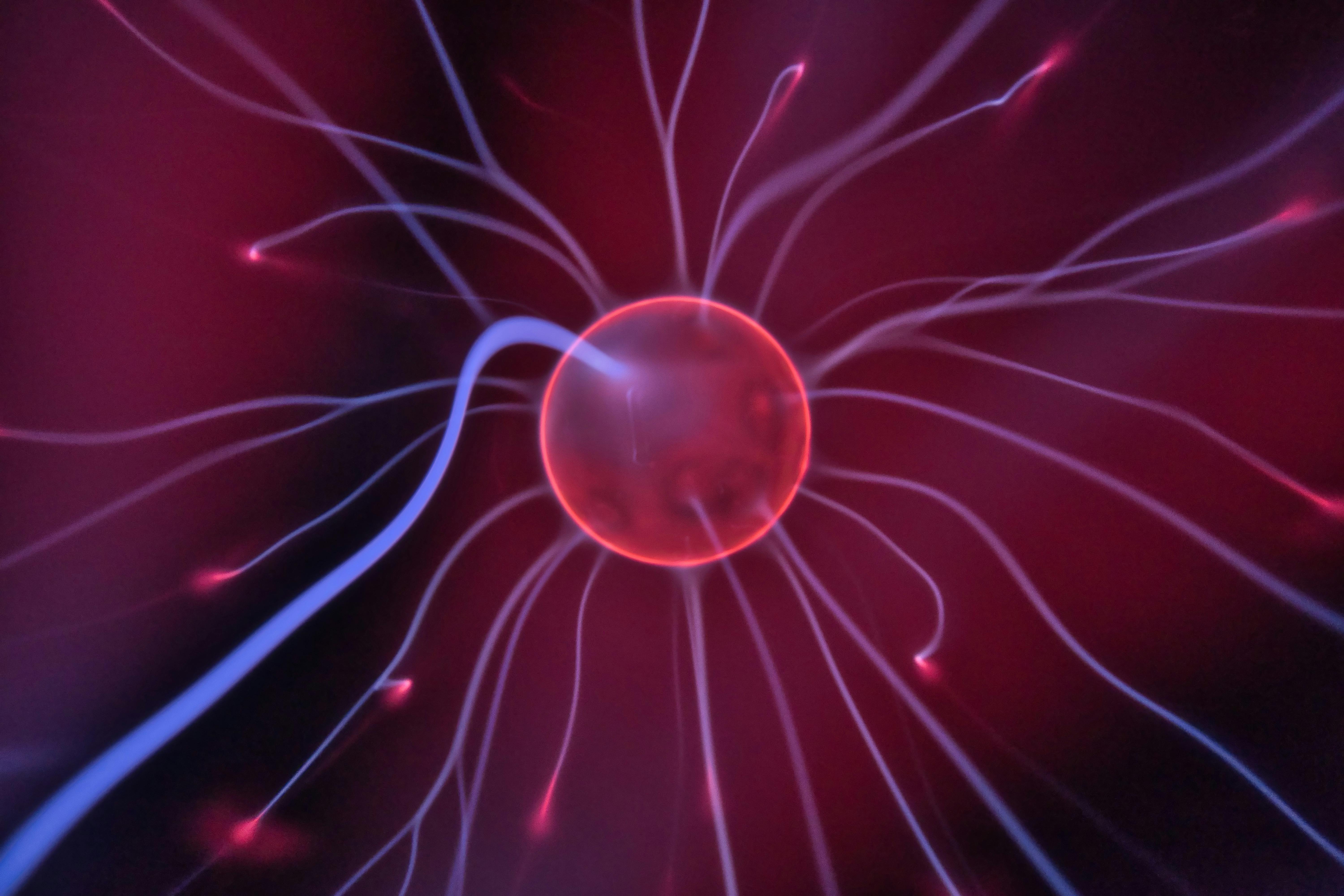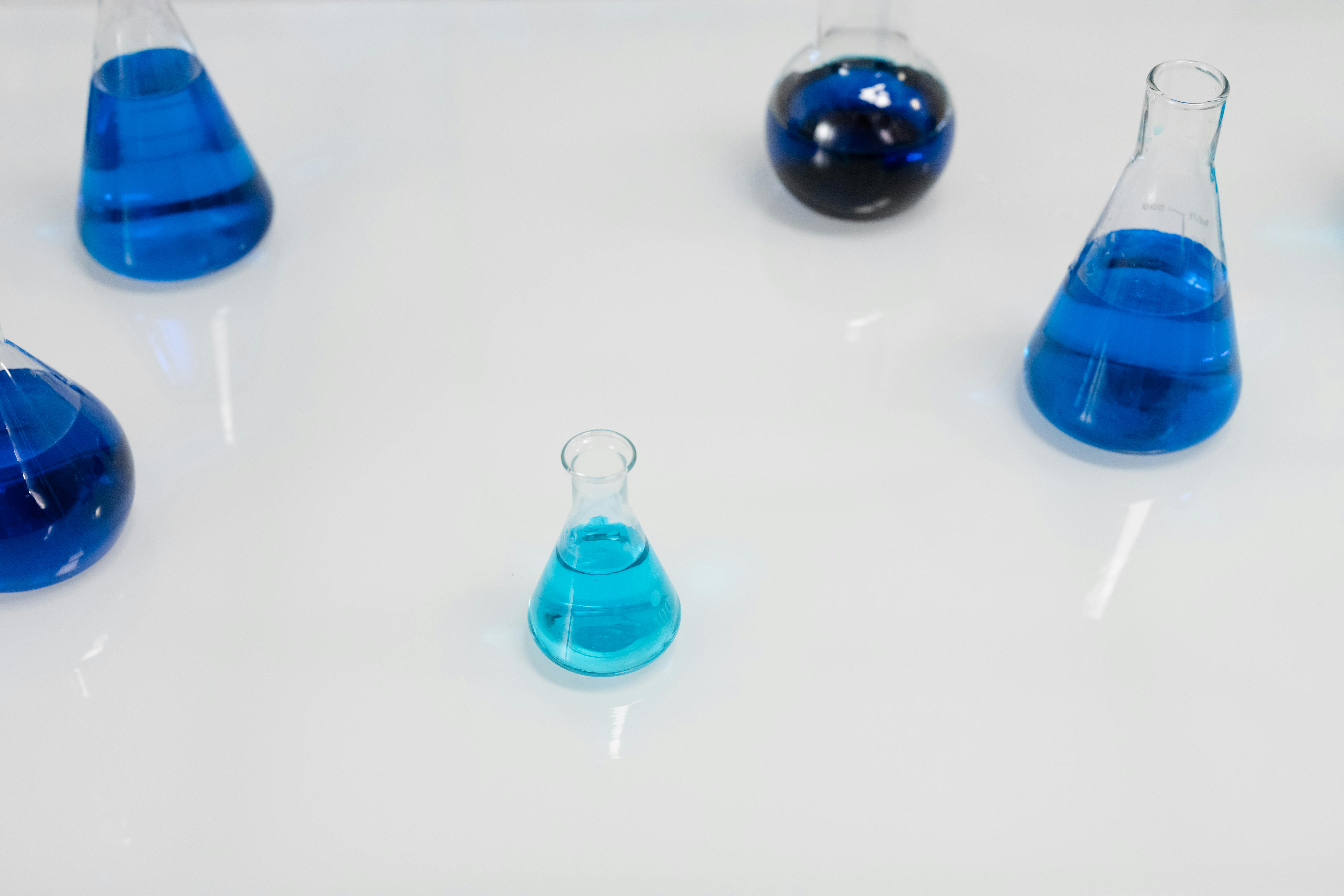As an affiliate, I earn from qualifying purchases, but this doesn't affect the reviews or recommendations—your trust is important to me!
Magic Milk Experiment: Simple and Mesmerizing Science

Today, We're Making:
- Magic Milk
- - Color Mixing Magic Milk: This experiment involves adding different food colorings to the magic milk setup and observing how the colors mix and spread when soap is added. This activity can teach kids about color theory,chemical reactions,and fluid dynamics in a fun and interactive way.
- - Magic Milk Fireworks: In this experiment,kids can create their own 'fireworks' by adding drops of food coloring and soap into a dish of milk. When the soap is added,the food coloring bursts out in all directions creating a dazzling effect. This experiment demonstrates surface tension and the reactions between different substances.
- - Temperature Impact on Magic Milk: This involves performing the magic milk experiment with milk at different temperatures. Kids can observe how the reactions differ with cold.
Have You Ever Wished You Could Stun Your Kids With Magical Displays?
Well, it's time to pull back the curtain and introduce them to the spellbinding world of mesmerizing science. Spoiler alert—it doesn't require a wand or Hogwarts admission!
The Enchanting World of the Magic Milk Experiment
Our Magic Milk Experiment isn't just a fantastic family science activity; it's a must-try chemistry experiment clothed in the charm of simple science. With milk, food coloring and a touch of everyday kitchen magic, it's bound to captivate the inquisitive little minds and firmly entrench a love for DIY science.
Transform Your Kitchen Counter into a Fascinating Laboratory
Buckle up as we dive into this amazing hands-on science experiment, set to transform your ordinary kitchen counter into a fascinating laboratory in just minutes.
The Magic of the Milk Experiment
So, here's how the Magic Milk Experiment works. You start by pouring milk into a dish, just enough to cover the bottom surface. Then, you add drops of different food colors, spaced out around the milk. As your kids watch, you bring out some dish soap and ask them to dip a cotton swab or toothpick into it. And here's where the real magic of science unveils itself. As they put the soaked cotton swab into the center of the milk, you'll see their eyes widen as the colors begin to dance and swirl—an enchanting ballet right in your own kitchen.
Learning through Science: Fun & Interactive
Learning through Science has never been this delightful! Our Magic Milk experiment simplifies the complex world of chemistry into an enthralling demonstration of molecular interaction. Ask your kids why they think the colors are moving. You'll be amazed to see them think, pause, and start to experiment with hypotheses. Offer them a clue about how the soap molecules are trying to join the milk fat molecules, creating that captivating movement. This isn't just a Fun Science project—it's an interactive educational tool, sparking curiosity and stimulating intellectual development in young minds.
Repetitive Fun with Magic Milk Experiment
'Mum, Dad, can we do that again?' You're likely to hear this chorus after unveiling the Magic Milk experiment. This simple science activity is steeped in fun and loaded with experiential learning—the perfect recipe for making science a favorite subject. Plus, it's a home science experiment that doesn't break the bank. You'll find all the materials right in your kitchen—yes, everything you need for this mesmerizing science demonstration is readily available at home.
Exploring Science for Kids
Exploring Science for Kids in such an immersive way helps them to understand the intricacies of the world around them. Just imagine taking this milk experiment a step further. What might happen if you use different liquids instead of milk? Or introduce a new material into the equation? Encourage your children to brainstorm and predict outcomes, turning this DIY Science into an ongoing project. Making science hands-on and interactive aids in retaining the concepts and nurtures a desire for continuous learning.
Igniting Young Minds with the Magic Milk Experiment
So, if you're searching for fun, easy, and educational science projects that can turn couch potatoes into young Einsteins, the Magic Milk Experiment should be on the top of your list. And who knows, you might just rediscover the fascination of kid-friendly science along the way! With this simple activity, you're set to embark on a magical journey into the mesmerizing world of science right from your kitchen counter.

In the Enchanting World of the Magic Milk Experiment
In the enchanting world of the Magic Milk Experiment, every swirl of color is a lesson learned, every ripple a concept understood. There's an undeniable magic in seeing the awe on your children's faces—knowing that you've not only sparked their curiosity but encouraged a life-long journey of learning.
More than just a kitchen counter experiment—the Magic Milk Experiment shows us that science need not be complicated to be fascinating and every home can be a laboratory of discovery.
So go forth, embrace the magic, and let the world of simple, mesmerizing science unfold in your very own milk dish!

You May Also Like These:
Color Mixing Magic Milk Experiment
This exciting experiment involves introducing various food colorings to a milk and soap mixture. Watch in awe as the colors dance, blend, and spread before your very eyes! It's a fantastic way for kids to learn about color theory and stimulates visual processing and scientific inquiry.
Ingredients
- 1 cup of milk (preferably whole or 2% milk for better results)
- Various colors of food coloring (red, blue, and yellow are a must to explore primary colors)
- Dish soap
- Cotton swabs
- A flat, shallow dish large enough for spreading the milk in a thin layer
Proceedure
- Discussion: Start by explaining primary colors to your child. Discuss how mixing them can create secondary colors (i.e., mixing red and blue will give purple, etc.)
- Pour enough milk into the dish to cover the bottom.
- Guide your child to carefully add drops of the different food colors to the milk, spacing them out around the dish.
- Dip a cotton swab into the dish soap, then gently place it in the milk, among the droplets of food coloring. No need to stir - watch what happens!
- Observe: The soapy cotton swab will disturb the surface tension of the milk, causing the food coloring to spread and mix in beautiful, swirling patterns.
- Encourage your child to experiment with adding more colors or soap to see how it changes the patterns and colors.
Learning tip: Ask your child to predict what will happen when different colors mix, or when more soap is added, encouraging them to think scientifically and make educated guesses.
Safety Tips
- Supervise the activity at all times.
- Ensure your child does not consume the food coloring, milk, or soap mixture.
- Wash hands thoroughly after the experiment.
STEM/Experiment Instructions: Chemical Reactions
Ingredients:
- Baking Soda (1 teaspoonful)
- Vinegar (1/2 cup)
- Food Coloring (a few drops, optional)
- A Tall Glass or Plastic Cup
Instructions:
Step 1: Setup
Firstly, ensure that you have a clear working space on a stable surface. Lay down newspaper or a tablecloth, if you'd like to prevent spills.
Step 2: Prepping the Solution
- Fill the cup about a quarter of the way with vinegar.
- Add a few drops of food coloring, if you are using it. This is just to make the chemical reaction visible and more fun!
Step 3: Initiate the Reaction
- Add the teaspoonful of baking soda to the mixture in the cup.
- Observe the fizzing reaction—this is the release of carbon dioxide gas!
Step 4: Discussion
Discuss with your child how combining baking soda, which is a base, and vinegar, which is an acid, results in a new compound called carbonic acid. This is unstable and immediately breaks down into water and carbon dioxide, which is what creates the bubbles.
Remember, science is about more than just following the steps—it's important to encourage inquiry and understanding of why things happen!
Magic Milk Fireworks: A Fun Fluid Dynamics Experiment
Objective:
This science experiment demonstrate how different liquids corresponds to various fluid dynamics properties demonstrating a fireworks like explosion.
Ingredients:
- Milk (Full-Fat Preferred)
- Food Coloring (Different Colors)
- Dish Soap
- Cotton Swabs
- Flat, Shallow Dish
Instructions:
- Pour enough milk into the dish to completely cover the bottom to around 1/4 inch depth.
- Next, have your child add several drops of different colored food coloring to the milk. It's interesting to place them close together in the center of the plate of milk.
- Then, dip a cotton swab into dish soap. Do not soak it, just lightly dip it.
- Place the soap-dipped end of the cotton swab in the middle of the milk, among the drops of food coloring. Make sure your child doesn't stir the mixture! Just place it in and hold it there for a moment.
- Watch the 'fireworks' explode! The food coloring spreads out in the milk, creating what looks like a fireworks display.
Scientific Explanation:
This happens because the soap breaks down the fat in the milk, making the food coloring molecules move and 'explode' across the surface of the milk. This experiment is a fun and easy way to understand how fluid dynamics works on a simple level.
Create Your Own 'Fireworks' Experiment
Overview
In this fun and easy STEM experiment, kids can make their own colourful 'fireworks' using simple household ingredients like milk, food coloring, and soap. This experiment is a great way to introduce kids to the scientific concepts of surface tension and chemical reactions.
Ingredients
- 1 cup of milk (any type, though whole or 2% milk works best)
- Food coloring (any colors you like)
- Dish soap
- A shallow dish or plate
- Cotton swabs
Instructions
- Pour the milk into the shallow dish, ensuring the bottom is completely covered.
- Add some drops of each food coloring into the milk. Try not to mix the colors yet.
- Dip a cotton swab into some dish soap. Ensure the tip of the swab is coated but not dripping.
- Touch the soapy end of the cotton swab to the surface of the milk, but do not stir. Choose a spot right in the center of a drop of food coloring.
- Watch as the colors burst and move creating a fireworks display!
Discover
This experiment demonstrates the effect soap has on milk due to its bipolar nature. Soap disturbs the surface tension of the milk by dissolving the fats and proteins. This creates movement in the food coloring, which shows up as 'fireworks.'
Temperature Impact on Magic Milk Experiment
Objective:
This amazing science experiment shows how surface tension and the reactions between different substances create a dazzling burst of color. The experiment also allows to observe how these reactions change at different temperatures.
Ingredients:
- Milk (enough to cover the bottom of your dish)
- Food coloring (different colors)
- Dish soap
- Cotton swabs
- A flat dish or plate
- Refrigerator (for chilling some of the milk)
- Microwave or stove (for warming some of the milk)
Procedure:
1. Preparation:
- Place milk in the dish or plate to cover the bottom.
- In the center of the dish, drop a few drops of each color of food coloring.
2. Reaction:
- Dip a cotton swab into the dish soap.
- Touch the center of the dish with the dish soap-soaked cotton swab.
- Watch as the color bursts and swirls across the surface of the milk.
3. Experiment with Temperature:
- Repeat the experiment with cold milk (chilled in the refrigerator) and warm milk (heated slightly).
- Observe the differences in the reactions at different temperatures.
Observations:
Keep a record of what happens when you perform the experiment with room temperature, cold, and warm milk. Note the speed, intensity, and pattern of the color bursts. How does temperature impact the reaction?











